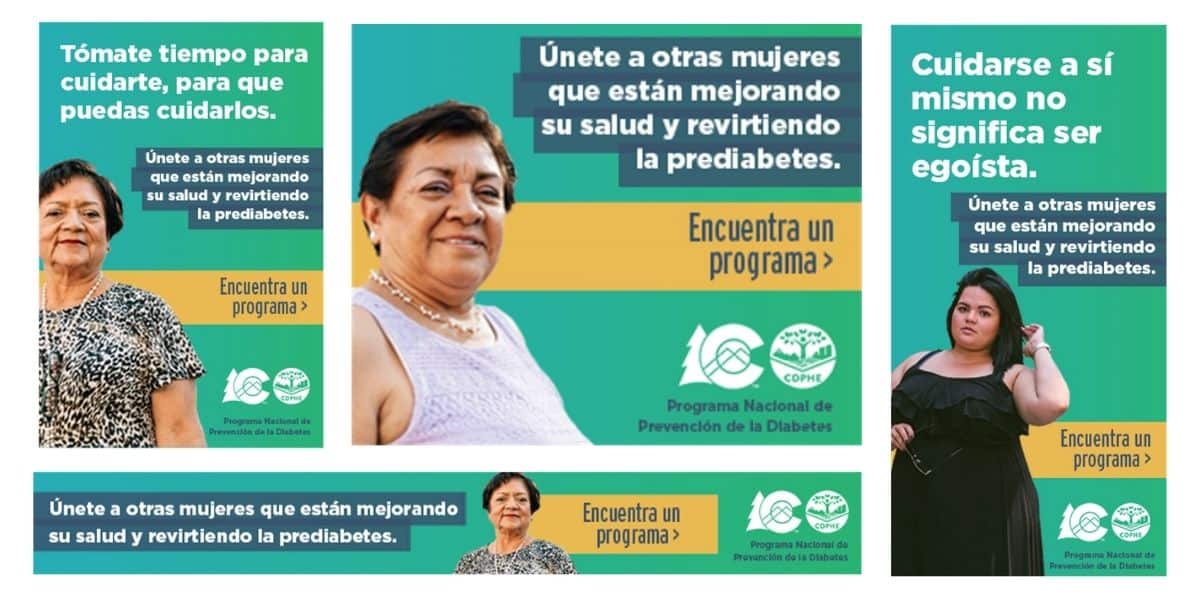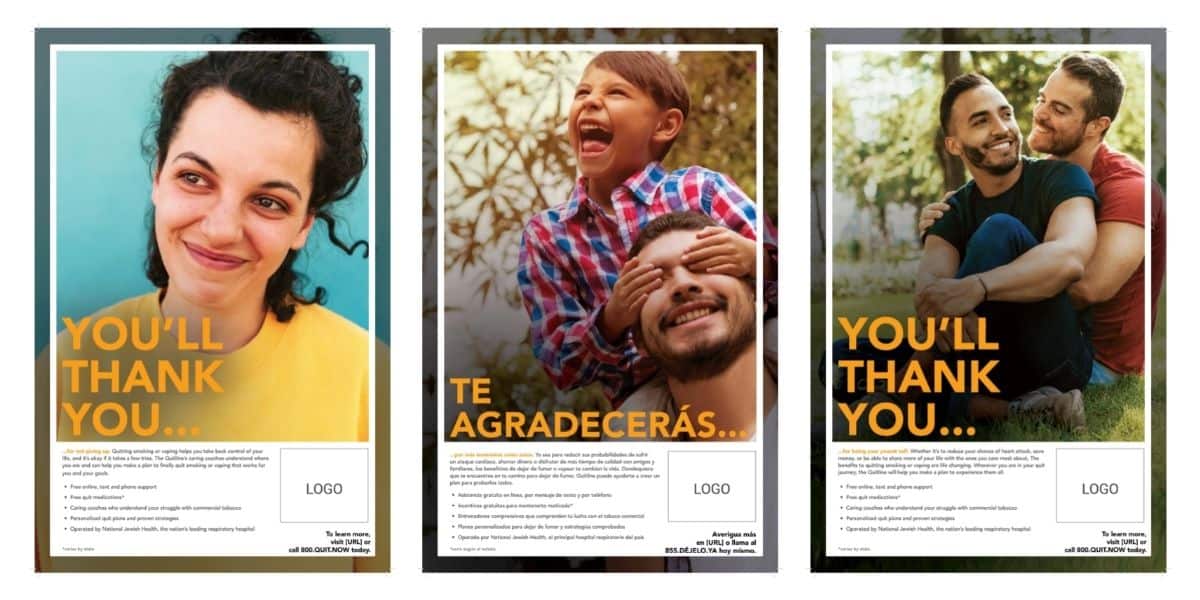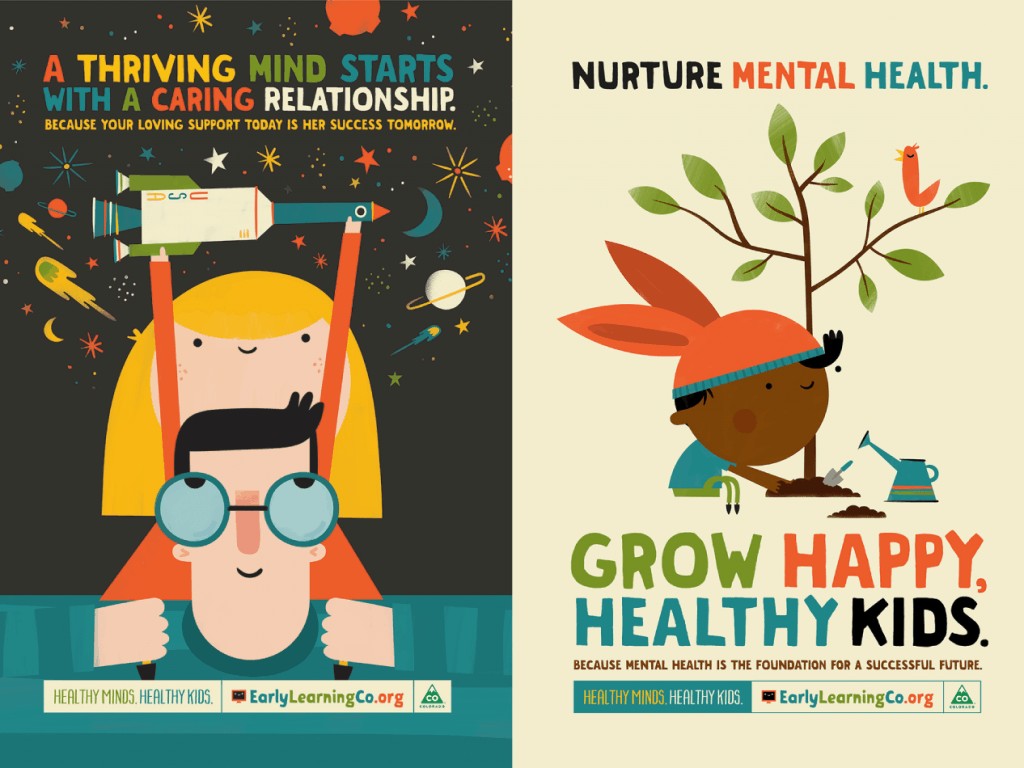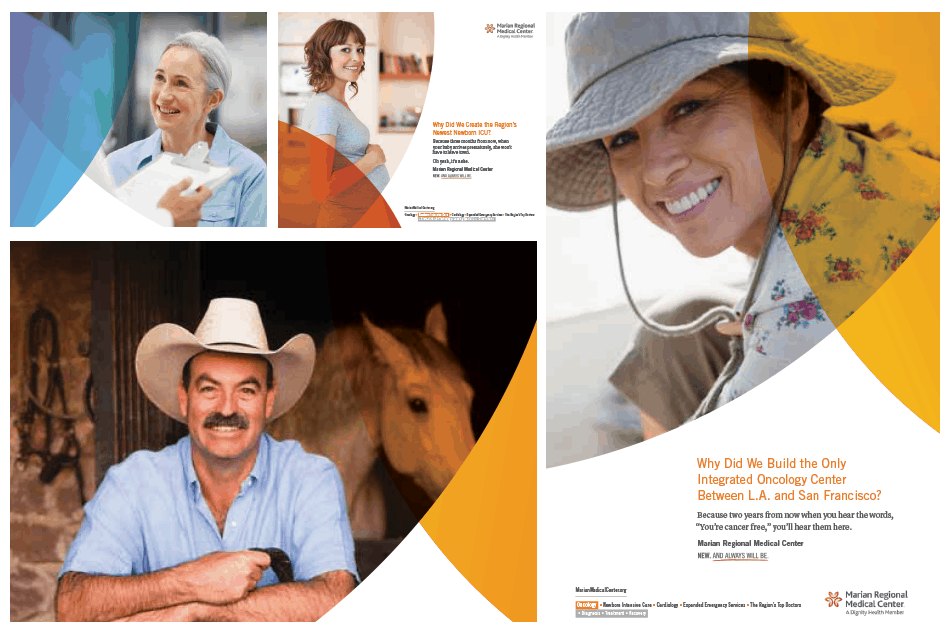
There is a believability crisis.
It isn’t new; but over the past year-and-a-half, it certainly has worsened.
Claims of “fake news” and “alternative facts” are just a symptom of a bigger problem: People have been selling other people exaggerated stories and “spin” for more than a millennia.
As a result, people are prioritizing real, trusting relationships. They are craving authenticity. Organizations that embrace their imperfections, own their mistakes and put their people out into the world to be a face behind the organization are winning by building loyalty.
Authenticity in Corporate Social Responsibility
Authenticity is key when it comes to brand expressing their corporate social responsibility (CSR).
Uber and Wells Fargo both have robust CSR programs that are intended to address a real problem or inequity. However, as we observed over the past year, their respective CSR commitments were hollow — and embarrassingly exposed through their respective wrongdoings.
CSR used to be about philanthropy. Today, the best CSR is a smart business strategy that is grounded in authenticity.
It’s authentic because it is part of the business and gets the internal resources of time and money to affect change. When CSR is an add-on, as was the case with Uber and Wells Fargo, people find out and the organization’s lack of authenticity is exposed and its credibility damaged.
Authenticity also helps when it comes to conveying messages.
The believability crisis means that messages – even when backed by facts – are no longer enough to change opinions. Organizations need messages backed by facts that are carried by spokespeople who are considered credible trusted to the audience. These external spokespeople – such as social-media influencers, can help organizations to change minds even in a period of low trust.
Authenticity in Content
Lastly, authenticity is critical when it comes to content.
Authentic content is only possible when you truly understand your audience and their concerns and develop content that speaks directly to them.
Don’t use authenticity to justify low-quality content – especially when it comes to looks. According to Amy Balliett, co-founder of Killer Visual Strategies, 94 percent of first impressions are formed on design alone. Authentic content must look good and align with the brand.
So what is authentic content? It’s hard to describe and easier to demonstrate.
A recent campaign for Transport America sought to attract and retain more qualified drivers for the nationwide trucking business. Using www.changingtrucking.com as its online home, the company used interviews:
For a recent story, we talked to three women truck drivers about how they got into trucking, the unique challenges women drivers face, and what keeps them going. In our interviews, we listened to how many of these women were seeking a better life, how they were surprised that they were as good at driving as male drivers, the confidence they gained as drivers, and how the trucking company they worked for supported them.
Transport America acknowledged some its issues and used these interviews as an opportunity to acknowledge them and pivot to a story of empowerment. It was more authentic because it didn’t sugarcoat the issues women face in the trucking industry.
Another example comes from Dove’s handling of its model choices vs. a recent Levi’s campaign. It doesn’t even need explanation:

(Dove left, Levi’s right – Do those women on the right look “All shapes and sizes” to you?)
So what does this mean for your organization?
- Because of the believability crisis, you can’t just rely on facts. Instead, you need persuasive messages – supported by facts – delivered through trusted messengers and authentic content.
- Think of what tactics you could use to deliver your message authenticity. For example, Facebook’s own research shows that 41 percent of people who watch Facebook Live videos do it because they believe it is more “real” and it makes them feel closer to others. Are you using live video in your outreach efforts?
- Also, reflect on the imagery you use. A recent HubSpot study showed that real photos vs. stock photography improves conversions seven-fold.
- Revisit your messages and run them through an “authenticity test”:
- Is my message addressing a real problem or sticking point for the audience (and how do I know that to be true)?
- Does my message have a provable fact to back it up?
- Is my message free of spin?
- Do I know who the best person is to deliver this message – someone who is trusted by my intended audience?
- Authenticity can’t be faked. Be a little vulnerable and your audience will reward you.
< Previous: Dissolving Traditional Gender Identities | Next: Creating Change by Embracing Equality >




